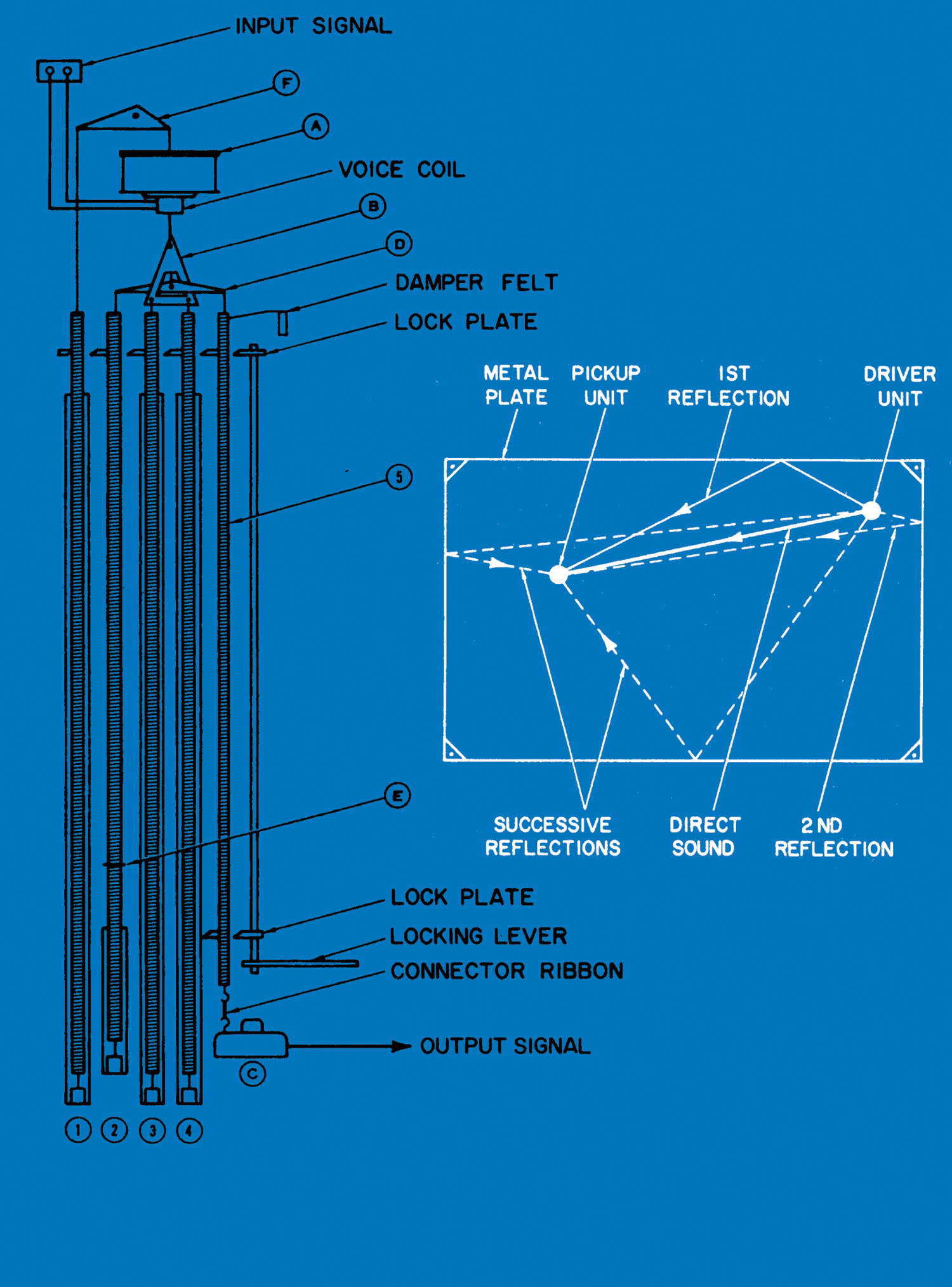In a previous issue, I wrote a glowing review of Focal Professional's mid-priced Alpha 65 2-way active nearfield monitor [Tape Op #104]. The Alpha 50 is the smallest speaker in the Alpha line, employing a 5'' woofer and 35+20 watt bi-amplification, versus its larger sibling's 6.5'' woofer and 70+35 watts. Otherwise, it shares the same sturdy construction and features, including a 1" inverted-dome aluminum tweeter, polyglass cone woofer, double bass ports in the front panel, and a wood cabinet with sides trimmed in plastic.
My pair of Alpha 65 monitors had already been in constant use in my project studio for several months before I put up the Alpha 50 pair. I listened to some of the work I'd done with the 65s, and I was fairly shocked at how well the smaller model compared. The high end of the Alpha 50 felt almost exactly the same as the 65's to my ears — no surprise, as all Alpha models use the same tweeter. What was a surprise, though, was how good the low end sounded for a 5'' woofer. (Focal claims a frequency response of 45 Hz – 22 kHz ±3 dB.) Moreover, I expected a small, ported speaker to sound "tubby" in the lower midrange and "tamed" in the high end, but neither was the case with the Alpha 50. To my ears, the large front ports combined with the inverted dome tweeter offered a very natural sound with plenty of extension and an "open" feel — a true accomplishment for a small monitor design. Furthermore, I noted excellent imaging, and the amplifiers never sounded strident and always responded well when pushed. At loud volumes, the low end did get a little "punchy," but it was never "boomy" — another design accomplishment in my opinion.
When mixing kick drum and bass guitar, I'll often carve out a little low end around 200 Hz for a "punchier" sound. With the Alpha 50, I found myself really having to get the listening level "just right" to make the correct EQ adjustments around 150–250 Hz, but after repeated referencing and practice (and some tweaking of the rear-panel shelving controls), I became more confident making adjustments in that range, and found that I could learn to trust this monitor more than I would many other larger sized monitors near the same price-point.
Though I prefer to decouple my monitors from hard surfaces using Auralex MoPADs [Tape Op #30], Alpha monitors include four small, adhesive rubber feet that can be placed on the bottom of each monitor, and I found them to work well with the speakers sitting right on the desktop. As discussed in the Alpha 65 review, the front porting allows for tight placement against a back wall. I was able to fit the smaller monitors 8'' from the wall right on top of my desk, while getting nice results after adjusting the LF shelving control.
As such, the Alpha 50 is perfect for a small desktop studio or editing station, and an immediate upgrade from inexpensive, larger "prosumer" monitors. Another great Alpha feature is the inclusion of a consumer-level RCA input in addition to the standard pro-level XLR input. Both inputs are simultaneously active, so you can leave two different sources connected. For a week, I had the Alpha 50s set up in the living room as our main home stereo speakers, and the kids loved them when hooked up to the video game console!
When everyone figures out how good this compact Alpha is, the "Little 50" is destined to be in bedroom studios and post-production surround suites alike. Trade in your DJ lifestyle headphones and guitar store speakers, and step up to a real pair of monitors!
–SM <www.scottmcchane.com>
A studio that I worked at for quite a while had a pair of Focal Professional Twin6 Be monitors that I absolutely fell in love with. But pushing $2000 a piece, they were impossibly expensive and way too big for my little home studio. So when I heard that Focal was making a more affordable line of monitors and a pair was available to review, I jumped at the chance.
For the past seven or so years, I have been using KRK VXT6 monitors, and they have more than gotten the job done, but as soon as I put up these Alpha 80 monitors, the difference was stark. I had some friends over, and more than a few expletives were uttered — in a good way. The mix I was working on all of a sudden had a more defined and powerful low end, and the imaging had widened dramatically. This made mixing a song I'd heard 43,253,467 times both fun and exciting to work on again.
The Alpha 80 shares all the same features common to the Alpha line, as Scott already explained. The only significant differences are the bigger cabinet, 8'' woofer, and 100+40 watt bi-amplification. (Claimed frequency response is 35 Hz – 22 kHz ±3 dB.)
I didn't want to give up the Alpha 80 review pair, so I gladly purchased them.
–Lance Jackman <www.eightfourseven.com>




_disp_horizontal_bw.jpg)